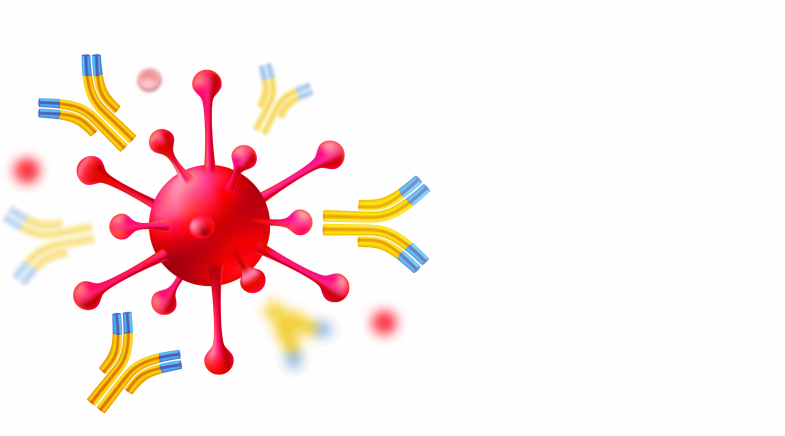Bridging the turbulent gap
-
- from Shaastra :: vol 03 issue 08 :: Sep 2024

K.R. Sreenivasan on the challenge of advancing research on turbulence.
Katepalli Raju Sreenivasan is an aerospace scientist, fluid dynamicist and applied physicist. His areas of interest in research also span a wide variety of topics from turbulence and nonlinear physics to statistical physics and astrophysical phenomena. He is the Eugene Kleiner Professor of Innovation in Mechanical Engineering at New York University, and Professor of Physics and Mathematics. Prior to this, he was the Dean of the NYU Tandon School of Engineering, and the President of the Polytechnic Institute of NYU. He held the post of Director of International Centre for Theoretical Physics for seven years from 2003.
Sreenivasan is well known for the application of fractals and multifractals in the study of turbulence in fluids. Another area where he has made noteworthy contributions is that of cryogenic helium. His collaborative work on supergranulation and large-scale convection in the Sun gained a lot of attention. In recent times, he has been using quantum computing to study nonlinear systems. In this interview with Shubashree Desikan, he talks about the field of turbulence, his work and the challenges in growing research in this area.
"Turbulence may not be connected entirely to the instability of the laminar state. There may be other elements that can produce turbulence – for instance, some local perturbation."
In our schools we are taught only applications related to streamlined flow, whereas real systems are more complex. Where does this shift happen in our education, and is it in good shape at present?
The way physics works is that it starts with a simple system and tries to understand that well. Who has seen anything like a spherical molecule? So, we start with laminar flows, which are smooth and steady. And the general idea has been that you can go from there to turbulent flow. Whether that is the right attitude to take is hard to tell because turbulence may not be connected entirely to the instability of the laminar state. There may be other elements that can produce turbulence – for instance, some local perturbation. Stability may have little to do with how turbulence is created. I don't know this for sure; I don't think anybody knows this for sure.
But you have to start somewhere and laminar boundary layers and streamlined bodies is a good place. And streamlined bodies do exist, in both nature and in technology. Bird flight is streamlined.
You have worked on many aspects of turbulence. Can you point to some interesting areas?
I have worked in several areas and there are many more interesting things to do. One aspect of what my group is doing is quantum computing. Quantum mechanics is linear and unitary, as you know. Most of the important problems in fluid dynamics are nonlinear. So how to adapt quantum mechanics to solve nonlinear problems is a very challenging question. Someone like me is well positioned to look into it because I know fluid dynamics reasonably well, and also know a bit of quantum mechanics. We are making steady progress.
Among others subjects on which I have worked, going backwards in time, are quantum fluids, convection, mixing – which relates to multifractals, singularity formations, etc. that could be important in the formation of turbulence. Before that, I used to work on chaos, boundary layers, etc. I find all of it interesting.
Many of the topics sound fascinating in themselves. Where would quantum mechanics, for instance, be applicable?
The challenge is to see how quantum mechanics can be applied to classical continuum problems. What we are doing is to take advantage of quantum mechanics – the ability to store data, to compute fast, etc. – which are, in principle, more advantageous than classical digital computing. It's not there yet. There are theorems on quantum computing but they are not directly applicable to hard and difficult problems. If you approach such problems, there are a qualitatively different set of issues to sort out. I continue to work on convection of turbulent systems, which interests many communities including geophysicists, solar physicists, engineers, and so on – and, of course, several other problems in turbulence.
I got interested in observations on the Sun, and we made what looks like an important observation on the transport phenomenon in the Sun. Our first paper created considerable interest in the community.
How can what you study about the Earth be applied to the Sun?
In convection, an important question is to understand what happens when the so-called Rayleigh number attains large values – theoretically, infinitely large values. I had been thinking about systems where the Rayleigh number is very large. One such system is the Sun. I had been thinking about it for many years, probably for 20 years before I started this work. My collaborators and I found that the fluctuations of velocity in the Sun seemed to be much smaller in magnitude than people had assumed for a long time in theories. We know that a certain known amount of energy has to be transmitted from the core of the Sun outwards, but the question is how? The traditional thinking was that you apply basic principles of turbulence, and it would work. But if the fluctuations are much smaller, that's probably not how it works. We are still struggling with the basic mechanism.

Studying turbulence in the atmosphere is very important when you look at how, recently, a couple of flights had to be diverted and had many casualties because of turbulence. Yet, there are few people working in this area. Why is this?
There are some people always working on turbulence and the subject garners attention when something like this happens. Typically, in strong engineering, mathematics and physics departments, there are one or two people working in this area. Some places have a few more. You are calling attention to a very important issue: If the problem is so important, why isn't there an effort to create a centre with larger number of bright people working together with a support infrastructure, computing, experimental infrastructure, etc? It is unlike high energy physics or astronomy, where researchers collectively decide which are the important problems to work on. People focus on them and, twenty or thirty years later, there is a result. Maybe negative or positive, but the subject moves forward. In turbulence, such a thing has not been possible. I have myself tried very hard in the past to build such a centre. We were almost there at one time, but various issues stopped the effort. Also, turbulence has many sides to it, and it is difficult to find a consensus. There are people working in quantum field theory with interest in some problems of turbulence, and there are others who want to know how to land an aircraft safely. So, you need someone who understands all ends of the problem, and can have some vision, some clout, and some leadership and managerial skills in assuaging the egos of all the people. It takes about ten years' effort to create one. I think it can be done, but truth to tell, I don't know who is willing to lead such an effort at the moment. I am always thinking about it. Sociology in different disciplines is very different, which has a great impact on how the disciplines evolve. Pure math has a different culture from condensed matter physics, for example, so they have different notions of what constitutes success individually and for the field as a whole.
"In high energy physics or astronomy..., researchers collectively decide which are the important problems to work on... In turbulence, (that) has not been possible... It is difficult to find a consensus."
What characterises turbulence practice?
Turbulence as practised has at least two main parts. One of them is very fundamentally oriented – for instance, bringing in ideas from field theory – and the other concerns practical problems. In my mind, both are very respectable, but making a connection between these sorts of diverse directions has been difficult. There is also research which sometimes has little connection to either fundamental or practical problems. In fact, a lot of work that happens in turbulence is in this middle ground: interesting things, but they will not live fifty years, say, or apply to physical problems directly. The question is: how do you even put them together to talk the same language and appreciate each other's traditions? That is not so easy.
See also:
Fasten your seat belts!
Have a
story idea?
Tell us.
Do you have a recent research paper or an idea for a science/technology-themed article that you'd like to tell us about?
GET IN TOUCH














